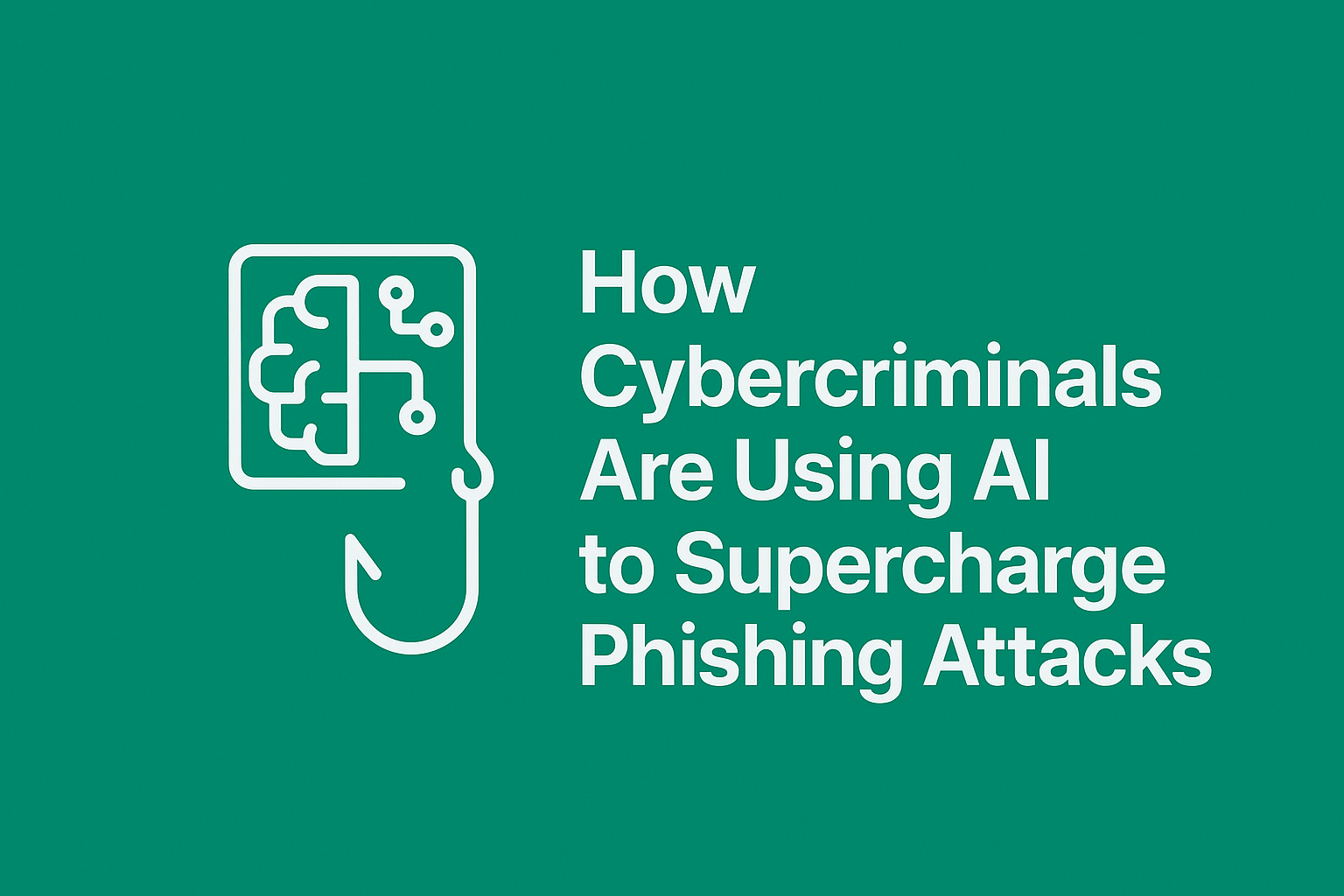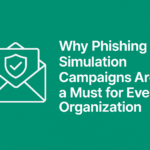What happens when those emails aren’t clumsy anymore? What if they’re perfectly written, hyper-personalized, and nearly impossible to distinguish from legitimate ones?
Welcome to the new era of phishing, powered by artificial intelligence. Cybercriminals are already using AI to make phishing attacks more effective, faster to deploy, and harder to detect. Here’s how they’re doing it—and what we need to do to stay ahead.
AI Makes Phishing Emails Incredibly Convincing
One of the biggest giveaways of a phishing email has always been poor language. Misspelled words, awkward phrasing, and weird formatting make us think twice before clicking. But AI, especially large language models (like the one you’re reading right now), can generate text that sounds human—flawlessly human.
Cybercriminals can use AI to write emails that are:
- Perfectly written: No more typos or grammar mistakes.
- Contextually relevant: AI can tailor emails to sound specific to your industry, role, or even recent conversations.
- Emotionally manipulative: By analyzing tons of data, AI can craft messages that trigger urgency, fear, or trust—the exact emotions that get people to click.
Imagine receiving an email from what looks like your company’s HR department announcing a surprise bonus or asking for updated banking info. If it’s written with AI precision, spotting the fake becomes way harder.
Faster and More Scalable Attacks
In the past, cybercriminals had to create phishing campaigns manually, which took time and effort. AI changes the game by automating the entire process.
AI can:
- Generate thousands of unique phishing emails in seconds: Each email can be slightly different, reducing the chances of being flagged by spam filters.
- Analyze and mimic individual targets: With AI, attackers can scan your social media, emails, and online presence to create hyper-personalized phishing messages.
- Respond in real-time: Some AI-powered bots can even engage in back-and-forth email conversations, making them seem more credible over time.
This speed and scale mean cybercriminals can launch massive campaigns with minimal effort, targeting individuals and companies faster than ever before.
Phishing Attacks That Are Harder to Detect
Traditional cybersecurity tools often rely on spotting patterns—specific keywords, suspicious links, or unusual sender addresses. AI-powered phishing flips that script by creating attacks that don’t follow predictable patterns.
Here’s how:
- Dynamic content generation: AI can rewrite phishing emails on the fly, making each one unique and harder for detection systems to flag.
- Mimicking trusted senders: AI can generate emails that look and feel like they come from real people within your organization, using language, tone, and formatting that match their style.
- Voice phishing (vishing): Deepfake technology powered by AI can replicate voices, making fraudulent phone calls more believable. Imagine getting a call from someone who sounds like your CEO, asking for sensitive information.
These advanced techniques mean that both humans and machines will struggle more to tell the difference between real and fake communications.
What Can We Do to Stay Ahead?
Now that we know cybercriminals are leveraging AI, it’s clear that we need to level up our defenses. Here’s how organizations can stay one step ahead:
- Invest in AI-driven defense tools: Just as criminals are using AI to attack, we can use AI to defend. Advanced email filters, behavioral analysis tools, and anomaly detection systems powered by AI can help identify and stop phishing attempts in real time.
- Double down on employee training: AI-powered phishing attacks may be harder to spot, but a well-trained workforce can still make a difference. Regular, updated training on the latest phishing tactics is essential. Focus on teaching employees to verify unusual requests through separate channels.
- Adopt a Zero Trust approach: With phishing attacks becoming more sophisticated, organizations should implement a Zero Trust model. Assume that no communication is trustworthy by default and require verification at multiple levels before granting access to sensitive data.
- Use multi-factor authentication (MFA): Even if an employee falls for a phishing attack, MFA adds an extra layer of security. Without the second factor (like a code from a mobile app), cybercriminals can’t access accounts.
The Future of Phishing Is Here
AI isn’t just changing how we work—it’s changing how cybercriminals work too. Phishing attacks are evolving, becoming faster, smarter, and more convincing than ever. But by understanding how AI is being used against us and adapting our defenses, we can still stay one step ahead.
The key is to remain vigilant, proactive, and always prepared for what’s next. Because while AI may make phishing more dangerous, it also offers us powerful tools to fight back.



